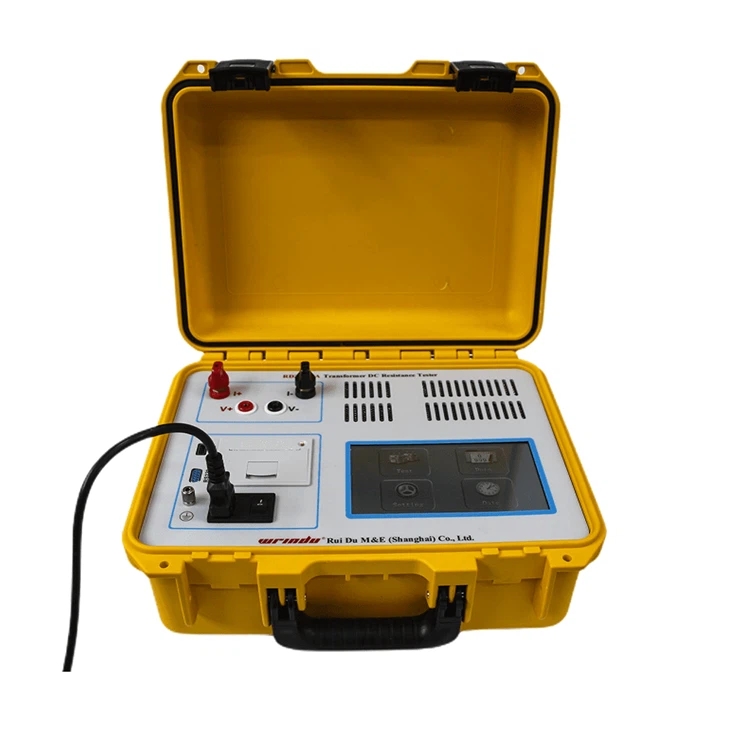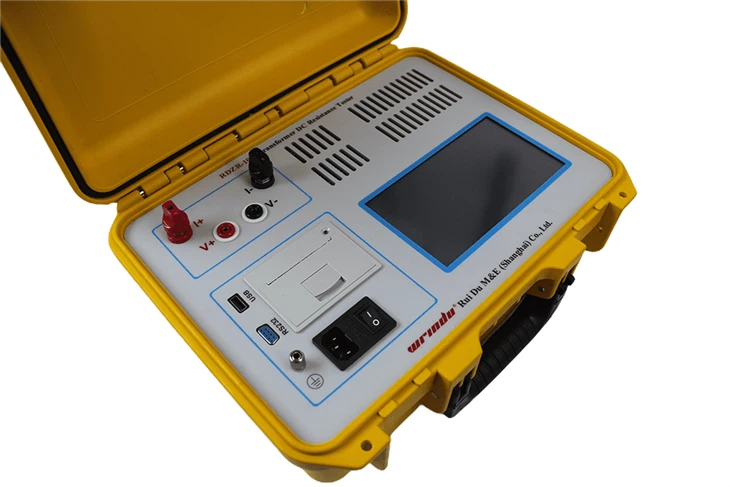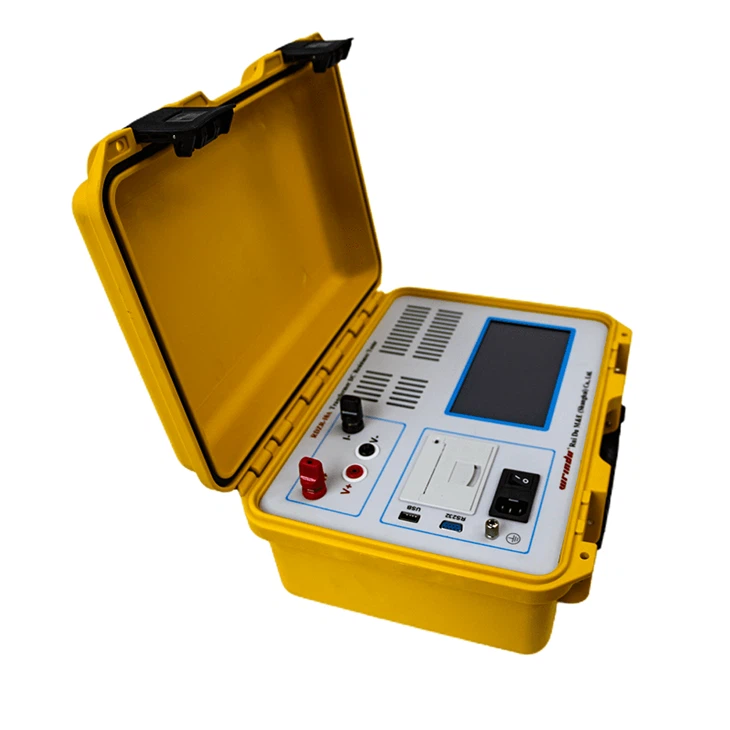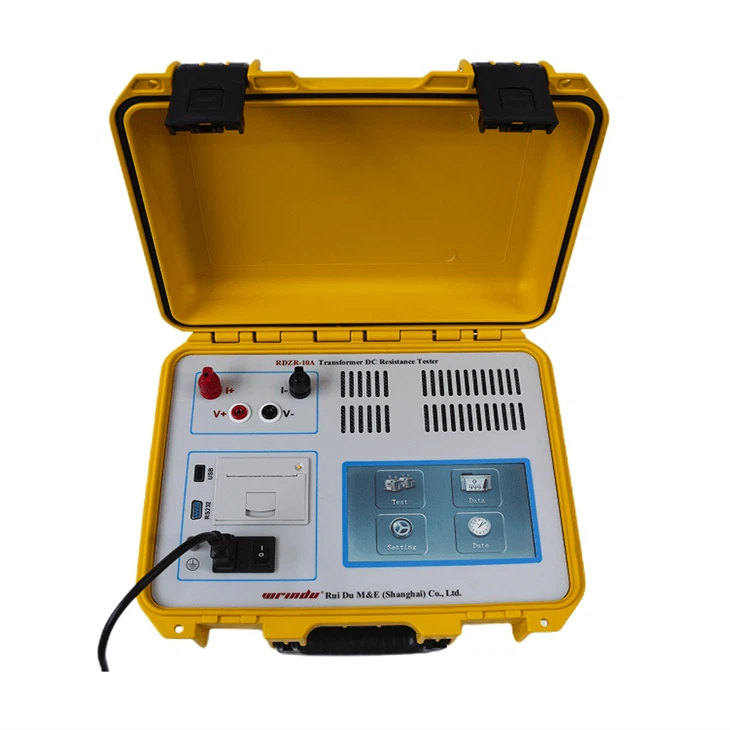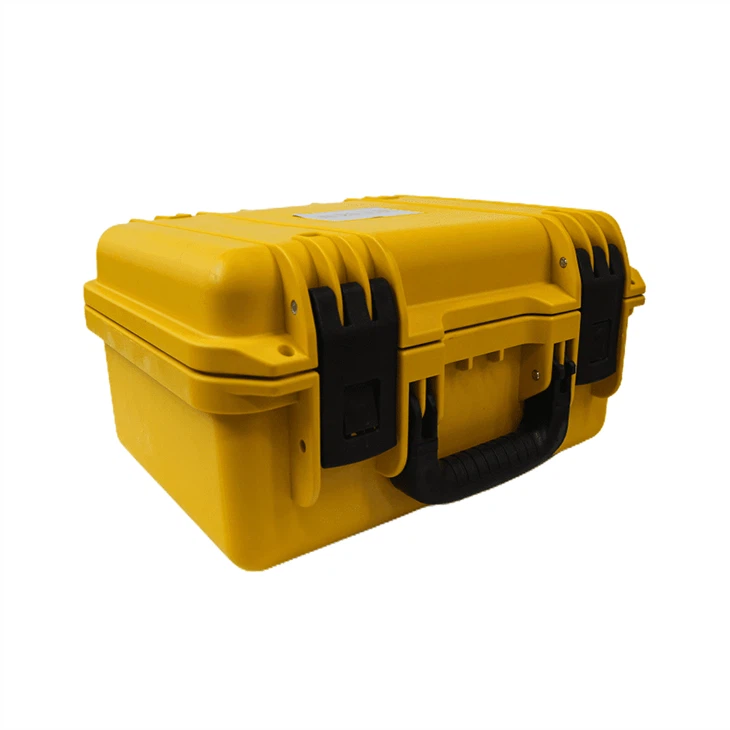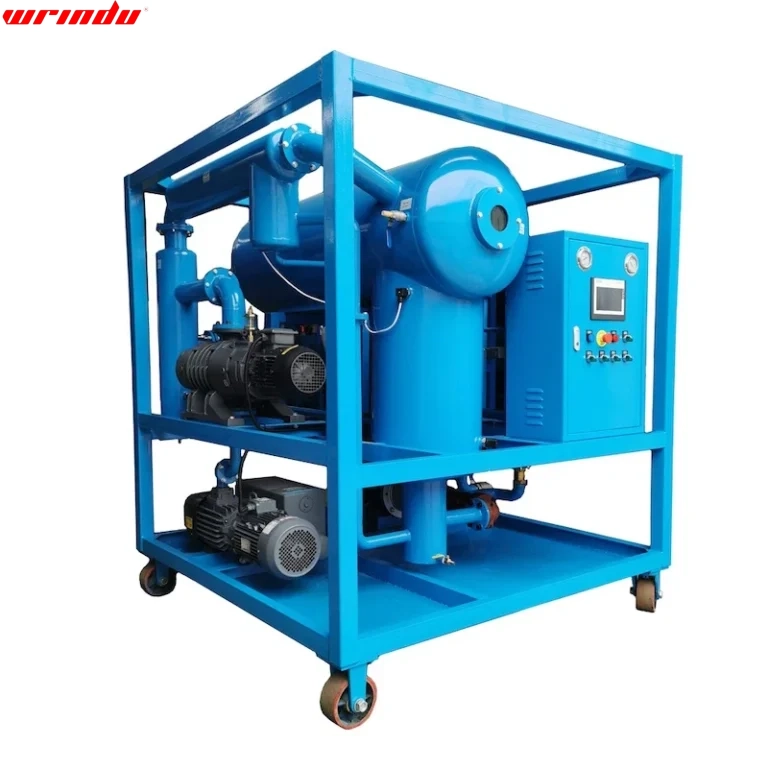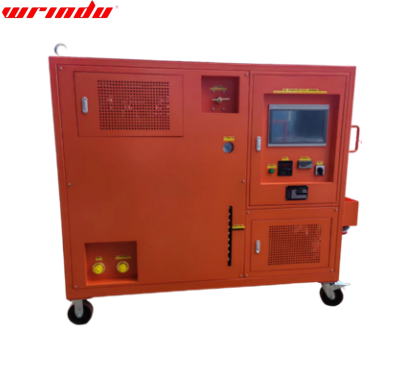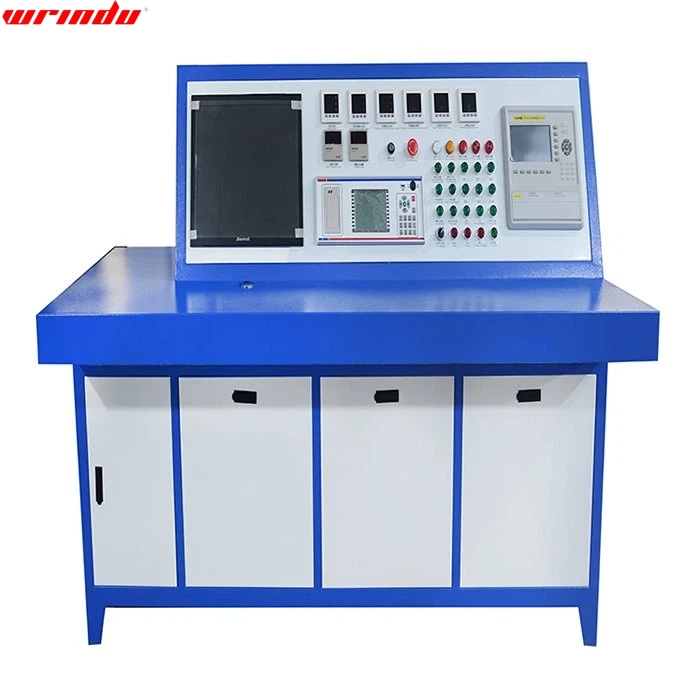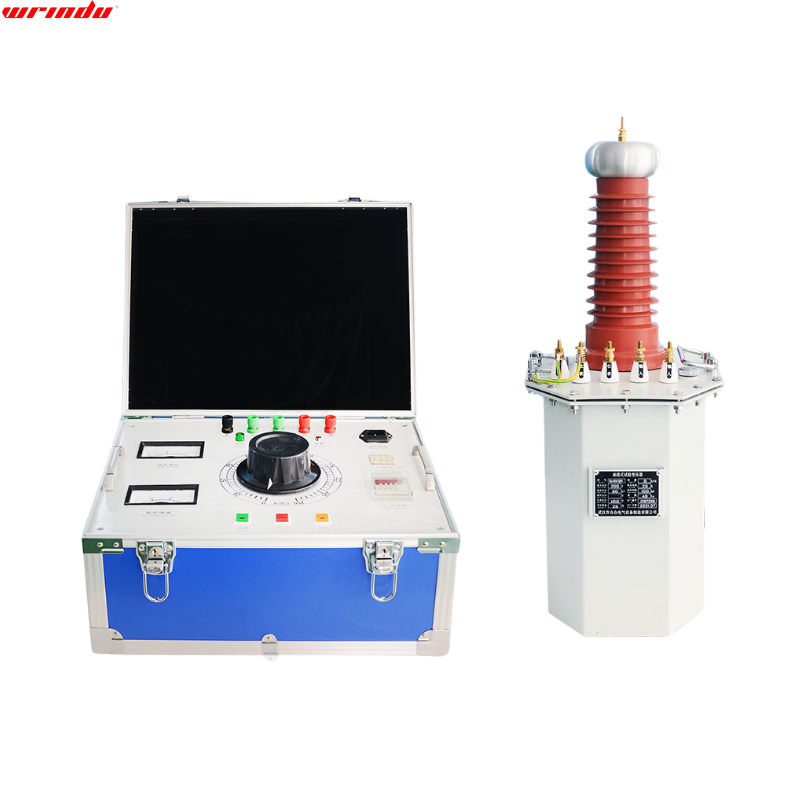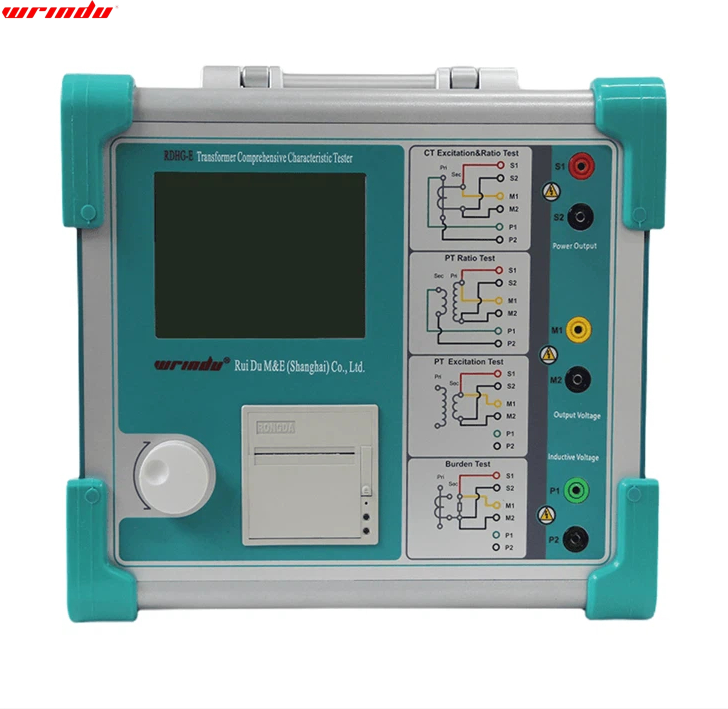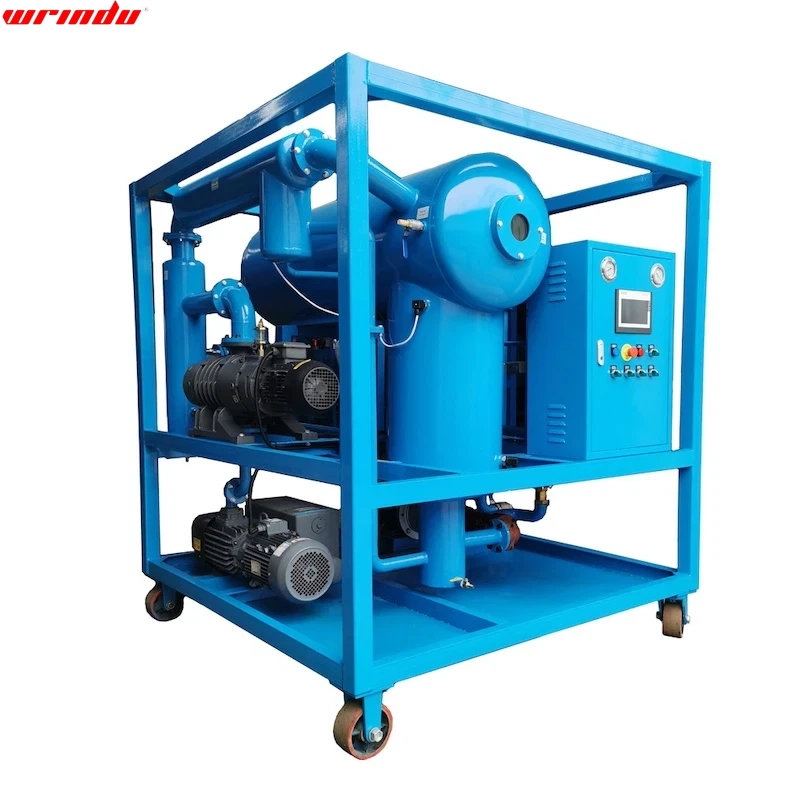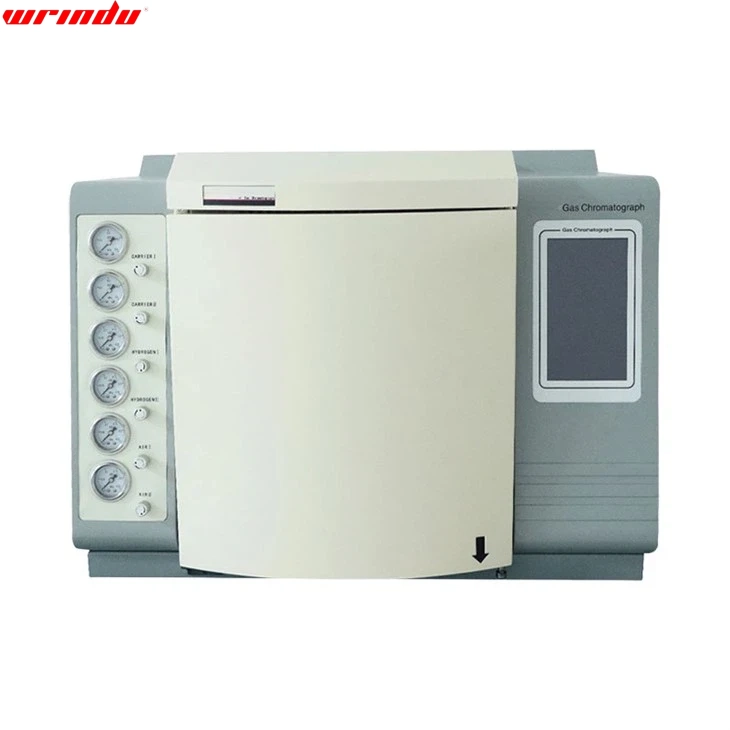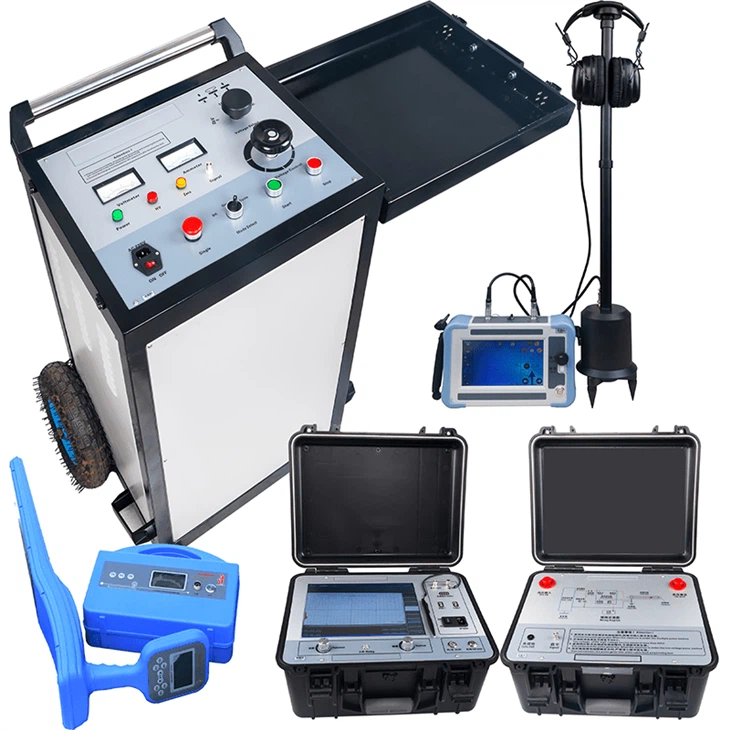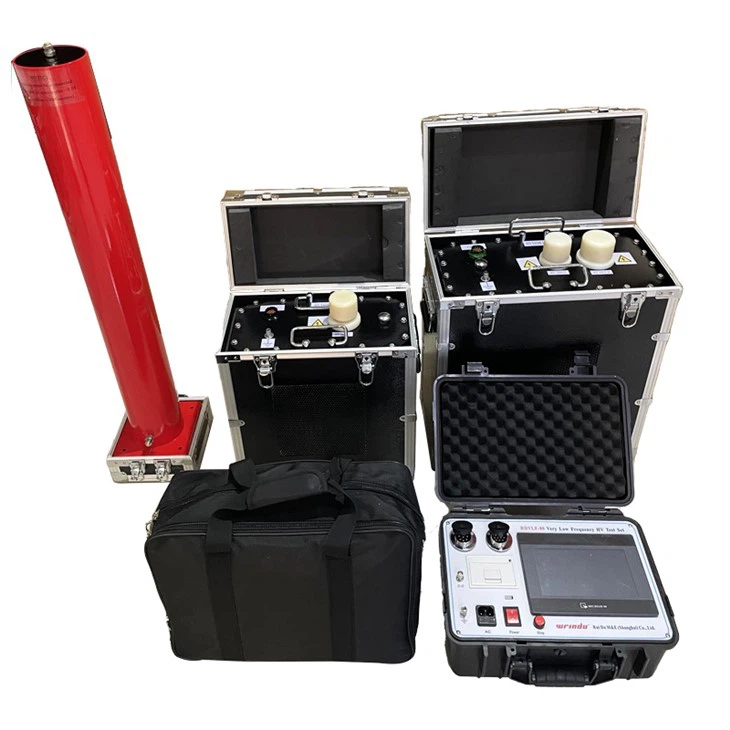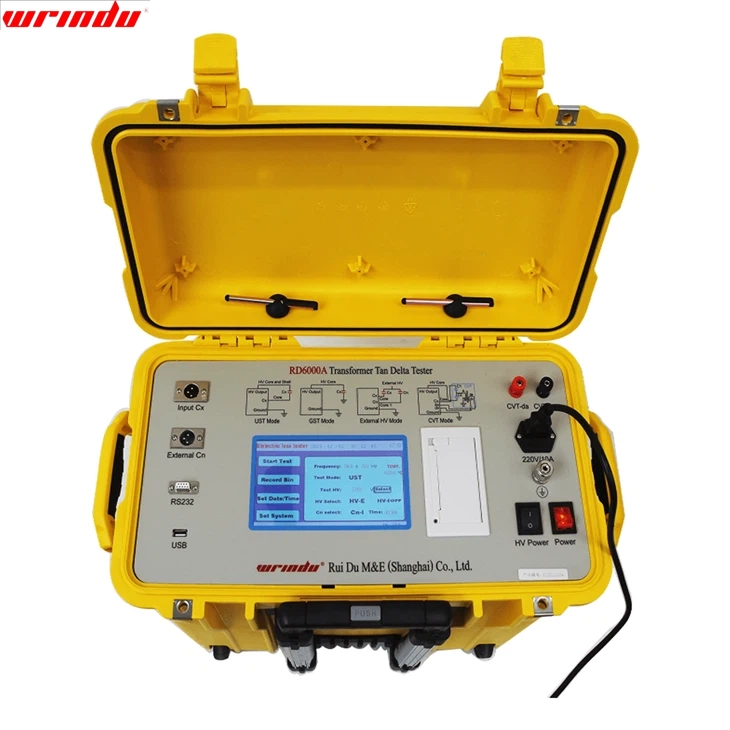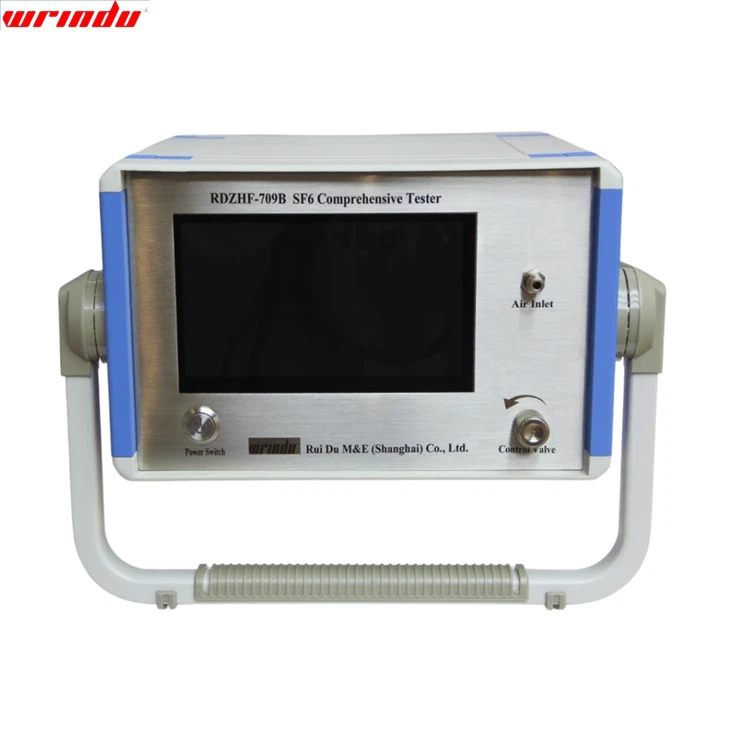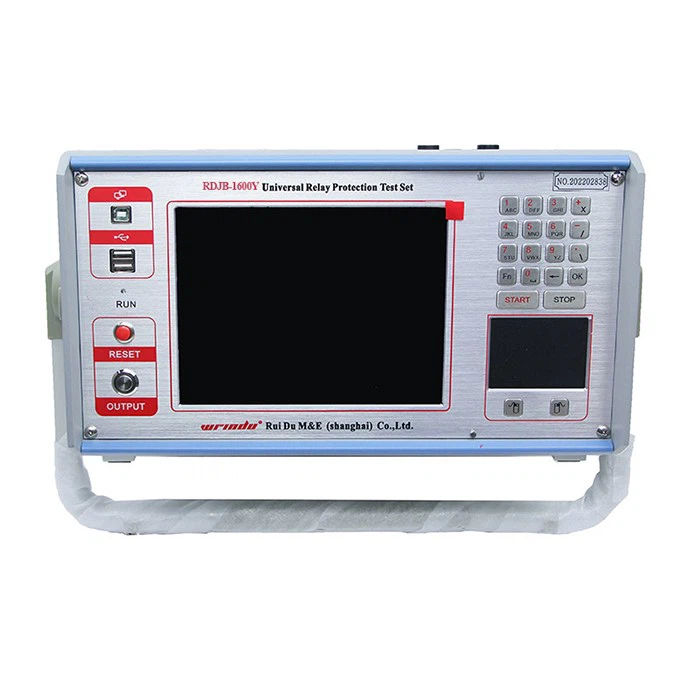OVERVIEW
DC resistance testing is crucial in the entire life cycle of a transformer, from the manufacturing process when semi-finished and finished products leave the factory to subsequent installation, overhaul, tap changer maintenance, and even handover and preventive testing. It can accurately detect the conditions of winding welding, turn-to-turn short circuits, tap changer contacts, position, and lead wires. For this reason, our company has launched a transformer winding resistance meter. The instrument combines advanced power supply technology with “small, light, strong” features: small size, lightweight, high output current and good repeatability, strong anti-interference, and complete protection mechanism. Controlled by a high-speed microcontroller, both automatic discharge and alarm functions are easy to operate, have high precision, and can efficiently complete the transformer resistance measurement.
CHARACTERISTIC
- 1. The maximum output voltage of the instrument is up to 24V, which is convenient for selecting a larger test current in case of a high resistance value, thus improving the test speed.
- 2. Adopting the latest power supply technology, the instrument provides multiple current levels and a wide measurement range. The instrument can automatically select the appropriate current according to the load, which is very suitable for DC resistance measurement of small and medium-sized voltage transformers.
- 3. The transformer winding resistance meter has various protection functions, including reverse potential impact protection, protection against wire and power failure during testing, protection against power supply overheating, etc. These functions not only reliably protect the instrument but also protect against overheating. These functions can reliably protect the instrument from reverse potential shock and sound an alarm when problems occur to ensure safe operation.
- 4. with any temperature conversion function for copper and aluminum materials, users can input any winding temperature and conversion temperature through the touch screen, which is convenient for measurements under different materials and temperature conditions.
- 5. Adopting intelligent power management technology, the instrument always works in the minimum power state, effectively saving energy and reducing heat generation, ensuring the stability and safety of long-time use.
- 6. Equipped with a high-brightness 7-inch touch color LCD screen, which can be displayed even under strong light. Full touch screen operation design, support Chinese and English free switching, easy and intuitive operation.
- 7. The built-in perpetual calendar clock and power-down storage function can store up to 1,000 groups of test data; the user can access the history anytime to ensure data security preservation.
- 8. The transformer winding resistance meter is equipped with Bluetooth communication, RS232 communication, and a USB interface, which is convenient for connecting with a computer for data transmission and management and supports U disk data storage.
- 9. It has a panel micro-printer, which can directly print the measurement results and facilitate on-site record and report generation.
- 10. Users can download the special app and use the special software to control the instrument throughout the process. They can also store and upload the test data, which is convenient for checking and managing it anytime and anywhere.
For more information about transformer test equipment, please click More.
To request the latest quotes, click on Contact Us.
FAQ
Q: What instrument is used to measure DC resistance?
A: The instrument commonly used to measure winding resistance is a Transformer Winding Resistance Meter.
Q: What 4 factors affect resistance in DC?
A: Four factors that affect resistance in DC circuits are:
1. Material
2. Length of Conductor
3. Cross-Sectional Area
4. Temperature
The formula describes these factors: R =ρ(L/A), where R is resistance, ρ is resistivity, Lis length, and A is cross-sectional area.
Q: Can you measure resistance in a live DC circuit?
A: Measuring resistance in a live DC circuit is not recommended due to safety hazards and potential damage to the measuring instrument. To ensure accurate and safe results, it is advisable to de-energize the circuit, isolate it properly, and then perform the resistance measurement.




